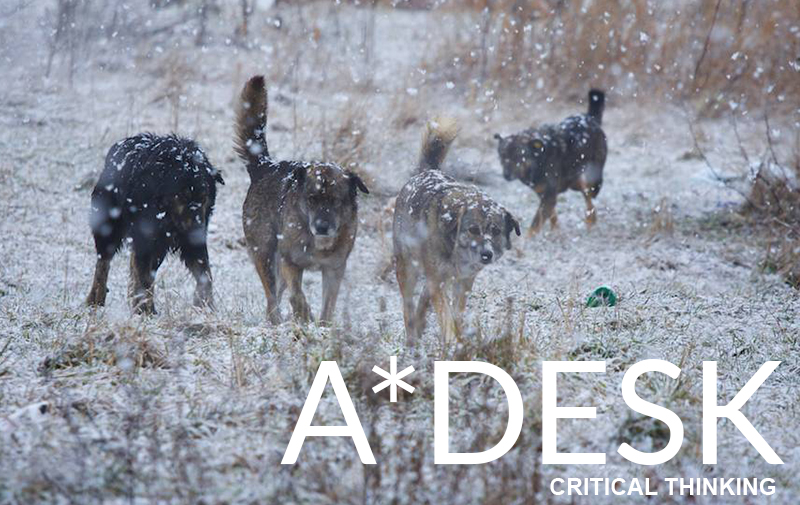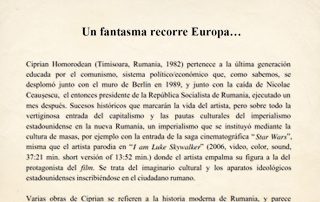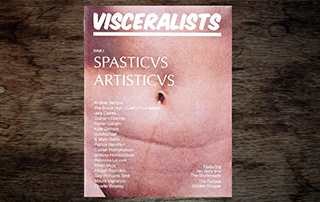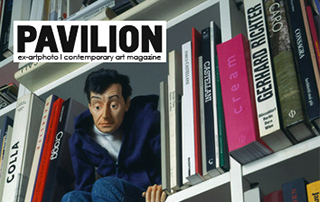In a catalogue essay accompanying the show, Viveros-Fauné opts for kinder terminology, describing the international group of artists he and Castro have selected as occupying a societal space that is ‘fortunate, if impractical’. What that means is hard to say: on the one hand there’s Charlie Woolley’s radio station, which is totally addictive listening and, while solipsistic, as good as (if not better than) any ‘real’ community radio station you could imagine (after all, it was via this that Viveros-Fauné was originally introduced to the Dury song); on theother there’s a video of Ciprian Homorodean making vodka from human excrement, which leaves you in mind of another line from Dury’s song: ‘And thank the Creator you’re not in the state I’m in’.
Whereas Dury’s cry came from the fact that he suffered from cerebral palsy, the artists at Ceri Hand are being socially ‘spasticated’ by choice. Let’s dismiss the (truly lame) romantic argument about these artists being unable to do other than what they do, and in any case this is a curated show, just as much a product of artifice as the works it contains. Perhaps Guy Richards Smit’s brilliant The Jonathan Grossmalerman Comedy Series (1996–9) sums this up best. It’s a series of narrative video shorts documenting a coke-addled, chain-smoking painter turned stand-up and his story of Casino-esque meltdown (a fixation with making it big – from paintings to lifestyle – followed by money, drugs, jail and total collapse) that seem by turns comic and tragic (and reflecting the cliché of the artistic life), but ultimately not altogether implausible and thus not designed to elicit much sympathy or fellowfeeling for the artistic condition. That said, I’d certainly like to think that that paradox is what’s behind Rebecca Lennon’s bright-red Double Happiness T-shirts, required dress for everyone at the opening.
Which leads us to one of cocurator Castro’s contributions, a beautifully carved and eminently kickable marble football, just the kind of thing a self-respecting southern art critic might imagine adorning the gateposts of a self-respecting footballer’s Merseyside mansion, leaving the critic feeling guilty about his prejudices, but more importantly (because the world has had enough of critics and their burdens of guilt), wondering whether it’s the artists who are in the spasticated condition or the rest of the world that’s being spasticated by the artists.
At the heart of this show lies the question: must the true artist be an outsider? Reviled rather than respected? Does the former generate the ‘fortunate’ state of artistic production? Or is it simply a statement of the obvious: in the ‘real’ world (that belonging to a normative majority – the one in which certain national UK newspapers still operate a policy of not covering art unless it’s in a negative context), no one wants their child to be an artist, just as much as no one wants their child to be a spaz. So ultimately I find it hard not to say: ‘More shows like this!’ At this point I’m going to bow out, however, because a magazine editor writing about a show curated by one of his regular columnists is about as autisticus as a spasticated artworld can get.
Mark Rappolt



